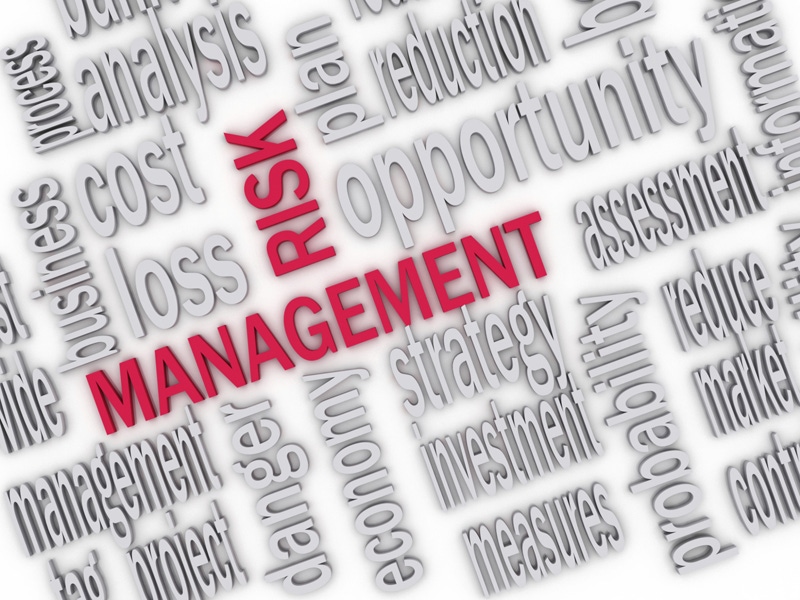
In addition to giving presentations and networking in the hallways at conferences, I also enjoy listening to the various, accomplished speakers. At the recent American Bankers Association’s National Agricultural Bankers Conference, I sat in on some sessions of other presenters. One of this year’s speakers was Jason Henderson, Director of Extension and Associate Dean of Agriculture at Purdue University. Dr. Henderson is an administrator that reaches beyond the confines of his job to stay engaged in the industry, and as such offers relevance both academically and to agriculture.
During his presentation, Dr. Henderson made the profound statement, “Speed kills in business and economics.” He proceeded to show several, supporting examples including the fact that communist countries often create bubbles in agriculture and rural areas. For example, the Russian Wheat Deal of the 1970s led to the statement, “plant fence row to fence row” from Dr. Earl Butz, former U.S. Secretary of Agriculture and former Dean of Agriculture at Purdue University. Due to exaggerated optimism in global markets, this approach created commodity over supply, and eventually became one of the key elements of the farm financial crisis of the 1980s.
A second example Dr. Henderson gave in support of his statement was the rapid rise of interest rates. In order to cure inflation in the late 1970s and early 1980s, Paul Volcker, Chairman of the Federal Reserve steadily increased interest rates. This was extremely hard on already heavily-leveraged farm balance sheets as the cost of variable rate loans rocketed. Along with the oversupply of commodities, this Federal Reserve policy was another element that headed agriculture straight into the great recession of the 1980s.
Speed also kills in investments such as, land, real estate and stock market values. Any rise at an accelerated rate will bear future impact. As another example, the .com bubble in the early 2000s appreciated coastal real estate values over a short period of time. Of course, in 2008, those values crashed, which demonstrates Dr. Henderson’s point well.
Now fast-forward to the present. Will China create an economic catastrophe for agriculture and rural areas? As the main driver of the commodity super cycle, China may have started a downward spiral. Will the possible rise of interest rates and an Administration with pro-growth policies be the final steps to disaster for those already in financial peril? Many producers have borrowed heavily from their operating money which is structured on variable interest rate loans. However, there is also significant borrowed money on variable rates in other industries such as, housing and government. Only time will tell.
Dr. Henderson’s statement rings true for numerous industries and sectors. In particular, farm businesses that expanded aggressively or committed to high cash rents without a drive for efficiency or the ability to build working capital may become casualties of speed in the economic reset. At this point, we do not know exactly which economic triggers will be pulled or the speed at which they will push the economy. However, we do know that history tells us some fallout will come from a high-octane economy.
About the Author(s)
You May Also Like






